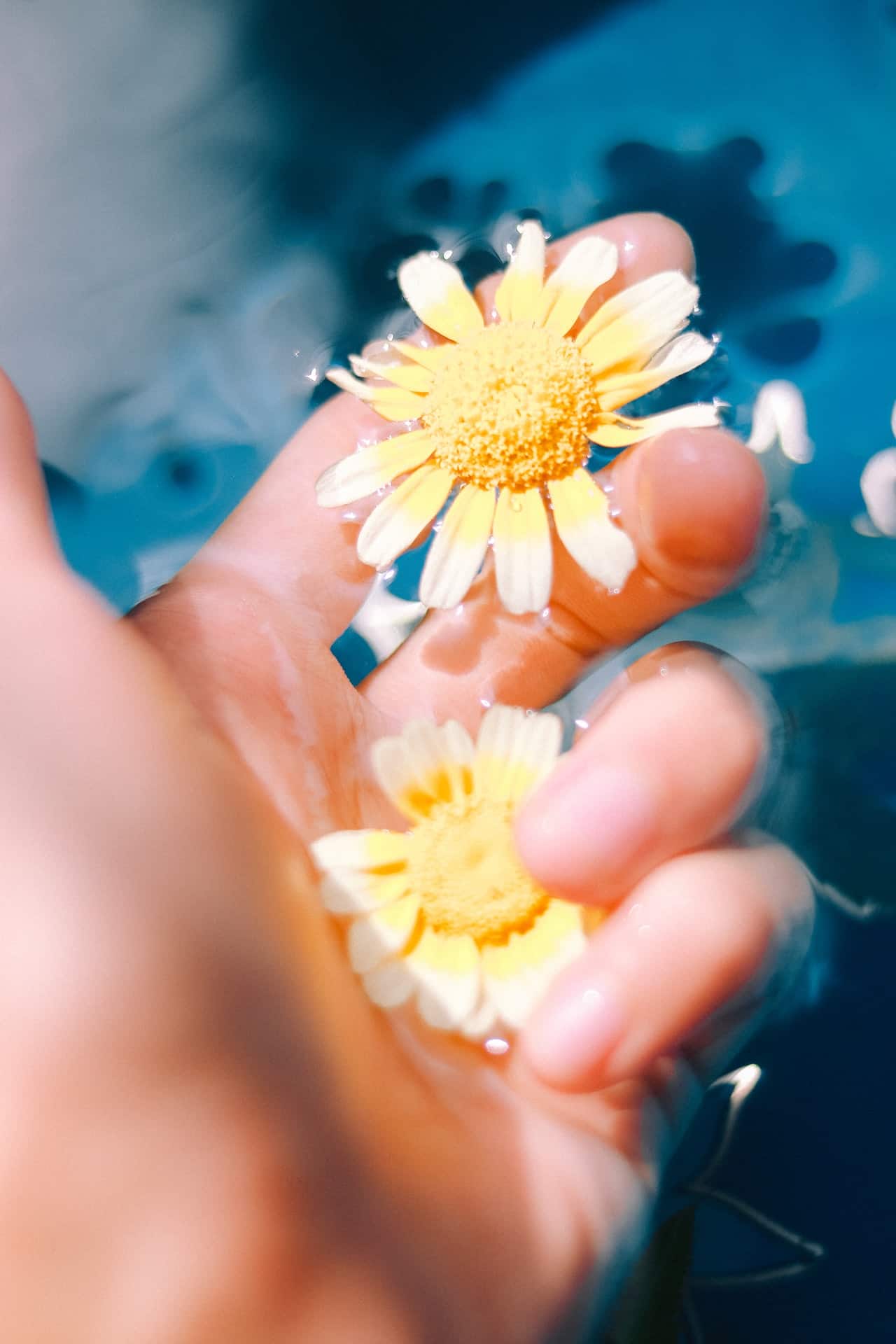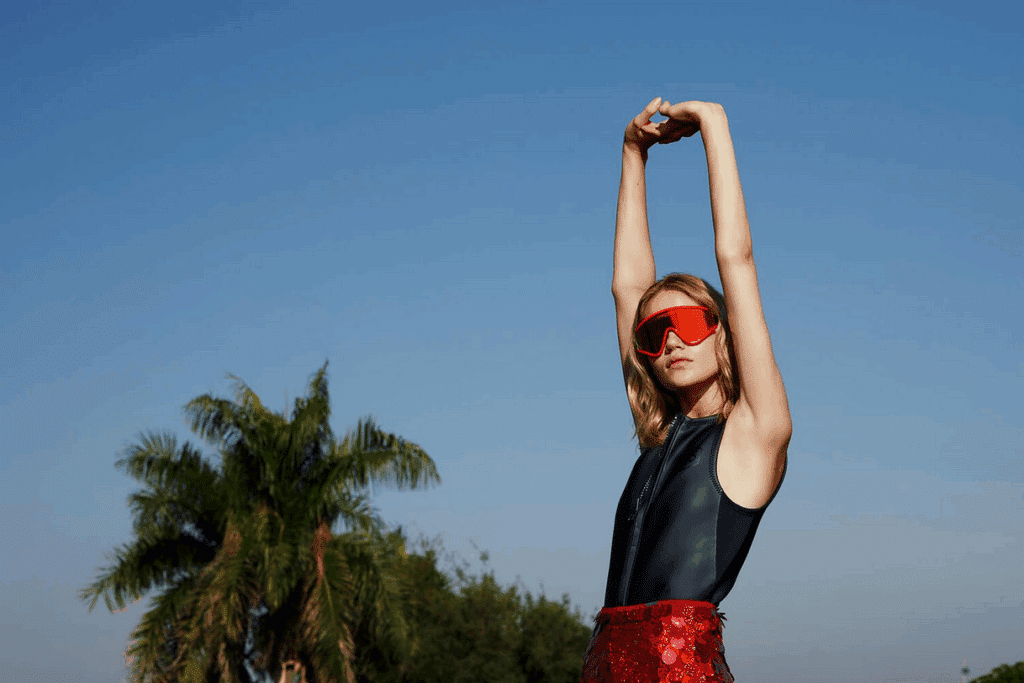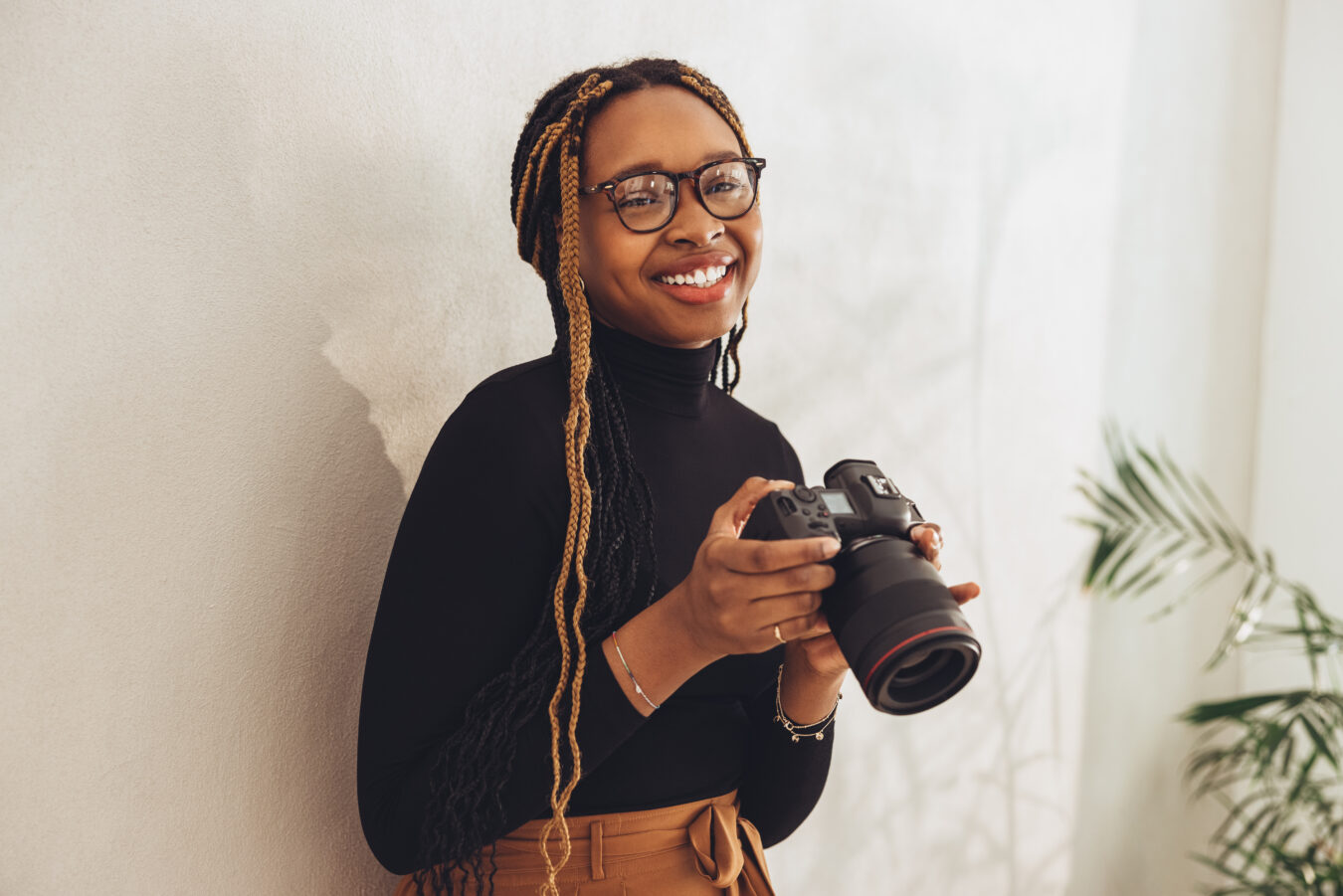You may have heard the term floating around, but what does it actually mean to take aesthetic photos in photography? If you want to learn all about how to take aesthetic photos and develop your own unique aesthetic as a photographer, you’ve come to the right place.
We’ll start out by getting into what the term aesthetic actually means when used in relation to photography. Then we’ll go over the importance of developing a recognizable aesthetic for your photography. Once we’ve covered that, we’ll be taking a deep dive into our top 6 tips for creating aesthetically appealing images for your online portfolio, whether you’re new to photography or have been taking pictures professionally for years.
What Is Aesthetic In Photography?
Before we can get into how to take aesthetic pictures, it’s important that you have a really solid understanding of what makes a photo aesthetic. Since taste is subjective and everyone finds different images appealing, there’s no one single aesthetic photography definition. It’s actually more about how you create a mood and evoke emotions using a unique combination of technical choices, design principles, and personal taste.
In general, when people talk about aesthetics in regard to photography, they’re usually talking about the factors that make up a picture, like color, composition, texture, or subject matter. In order to successfully take aesthetic pictures, you need to invest time into experimenting and developing your personal aesthetic as a photographer. The goal is to create images that capture your viewer’s attention and are immediately identifiable as your work.
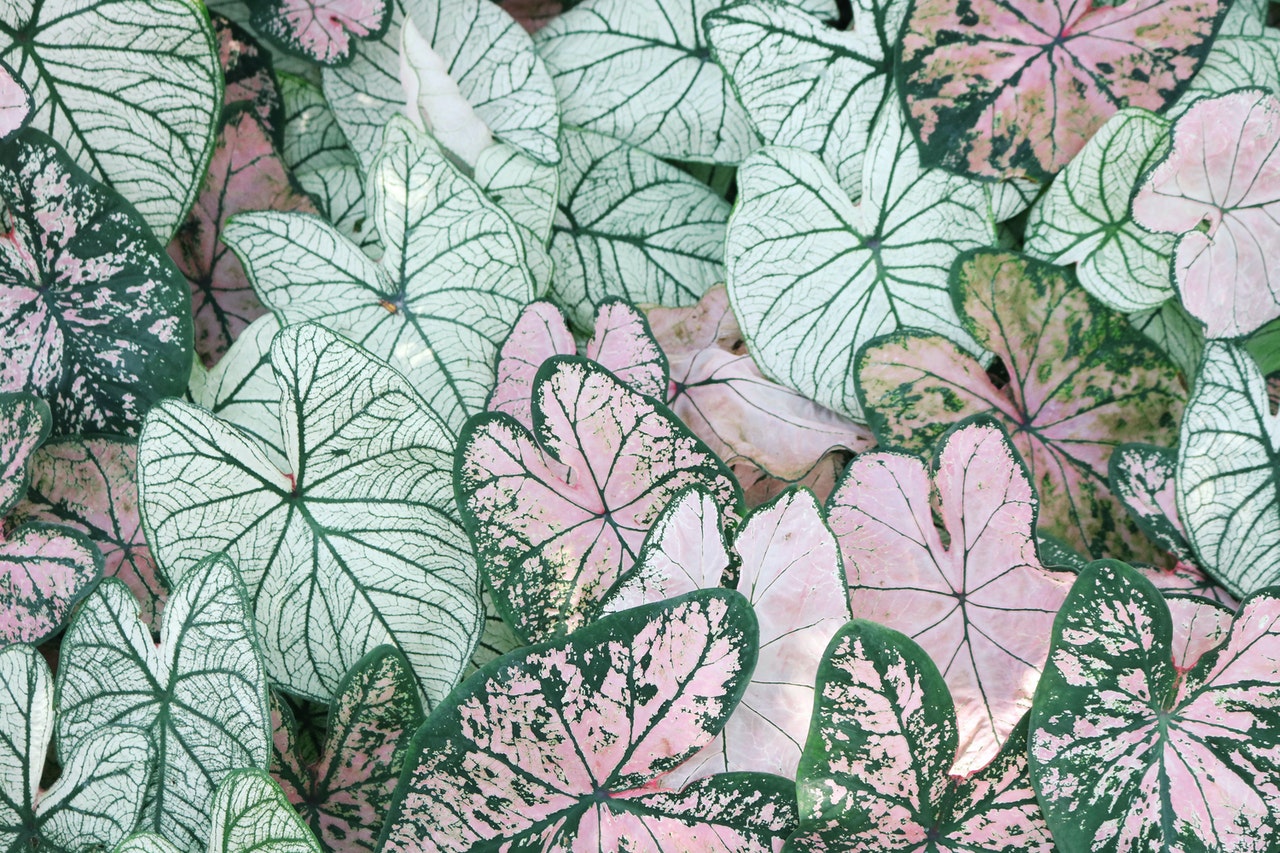
Why Is It Important To Have a Recognizable Aesthetic?
You already understand what it means to take images that are considered aesthetic, but why is it so important that you create a recognizable style that’s consistent throughout all of your pictures? If you’re brand new to photography, you’ll probably want to experiment with a variety of techniques before you land on your specific aesthetic. However, at a certain point, it just makes more sense from a business perspective to focus on creating photos that are linked visually and thematically. Here are a few ways that developing your own aesthetic for your photographs can benefit you in your quest to turn your side hustle into a full time job as a professional photographer.
Encourage Brand Recognition
Brand recognition or brand awareness refers to how well consumers are able to remember or recognize a brand in different situations. The more well-known your unique photography aesthetic becomes, the more easily people will be able to recognize it and think of your name when they see your photographs out in the world or reposted on social media. Heightened brand awareness for professional photographers generally ends up leading to an increase in sales, since most people are more comfortable shopping with companies that they recognize and trust. You can establish your brand recognition by working growing your community of followers on Instagram and Pinterest, growing your email list, and encouraging word of mouth referrals.
Attract Like-Minded Clients
When individuals or companies seek out photographers for freelance work or full time positions, they usually have a specific aesthetic in mind. When you establish a recognizable, consistent aesthetic of your own, clients are able to immediately determine if your style is in line with their preferences, effectively eliminating customers that aren’t a good fit from the moment they land on your website. Plus, if you’re hoping to work with print or online publications, they will probably be looking for someone who is already an expert at creating photos that align with their brand identity and visual aesthetic.
Improve Your Website SEO
SEO or Search Engine Optimization is an essential part of running a business online, and you shouldn’t underestimate the impact that SEO can have on the success of your photography business. In essence, SEO is all about using keywords specific to your industry and niche in order to improve how your website performs on search engines. When you are able to get really clear about the type of client you want to work with, you’ll be able to use your insight into their behavior to make educated guesses about what type of keywords they are searching for. Once you’ve determined what keywords they’re using, you can insert those into your website copy to improve your Search Engine Optimization, all while you’re converting your ideal client into a paying customer by showing that you know how to provide exactly what they’re looking for.
Become Known as an Expert in Your Field
The more specific you can get about your ideal client, the easier it will be to establish a reputation for yourself as the go-to photography option in your niche. If you’re new to running your own business, it may initially seem like appealing to a more general audience will enable you to reach a larger quantity of potential clients. In reality though, if you are attempting to appeal to everyone, you will probably end up blending in amongst the competition because you haven’t narrowed in on that special something that makes you unique.
When you’re deciding what niche you want to work in, it’s important to get as specific as possible, while staying general enough that there is actually a decent-sized audience of people searching for what you do. That way, you’ll be able to become known as an expert in your field, and you’ll be able to reach new customers in your niche through word of mouth from satisfied clients.
Now that you have an understanding of some of the many ways that having an established aesthetic for your photos can benefit you as a professional, it’s time to turn your attention to our collection of practical tips for photographers who want to know how to make aesthetic pictures.
6 Helpful Tips To Take Aesthetic Photos
It’s one thing to understand what an aesthetic photo is in theory, and another thing completely to learn to take aesthetic photos in your own unique style. If you’re still feeling overwhelmed, don’t worry! We’re here with all the information you could possibly need on how to make aesthetic pictures, no matter what your level of experience is with photography. We’ll explain how to combine the use of the principles of photography with design techniques and your personal style to create photos that grab your viewer’s attention and keep them coming back for more. Plus, if you’re interested in portrait photography, we’ll make sure to cover how to take aesthetic pictures with people as well.
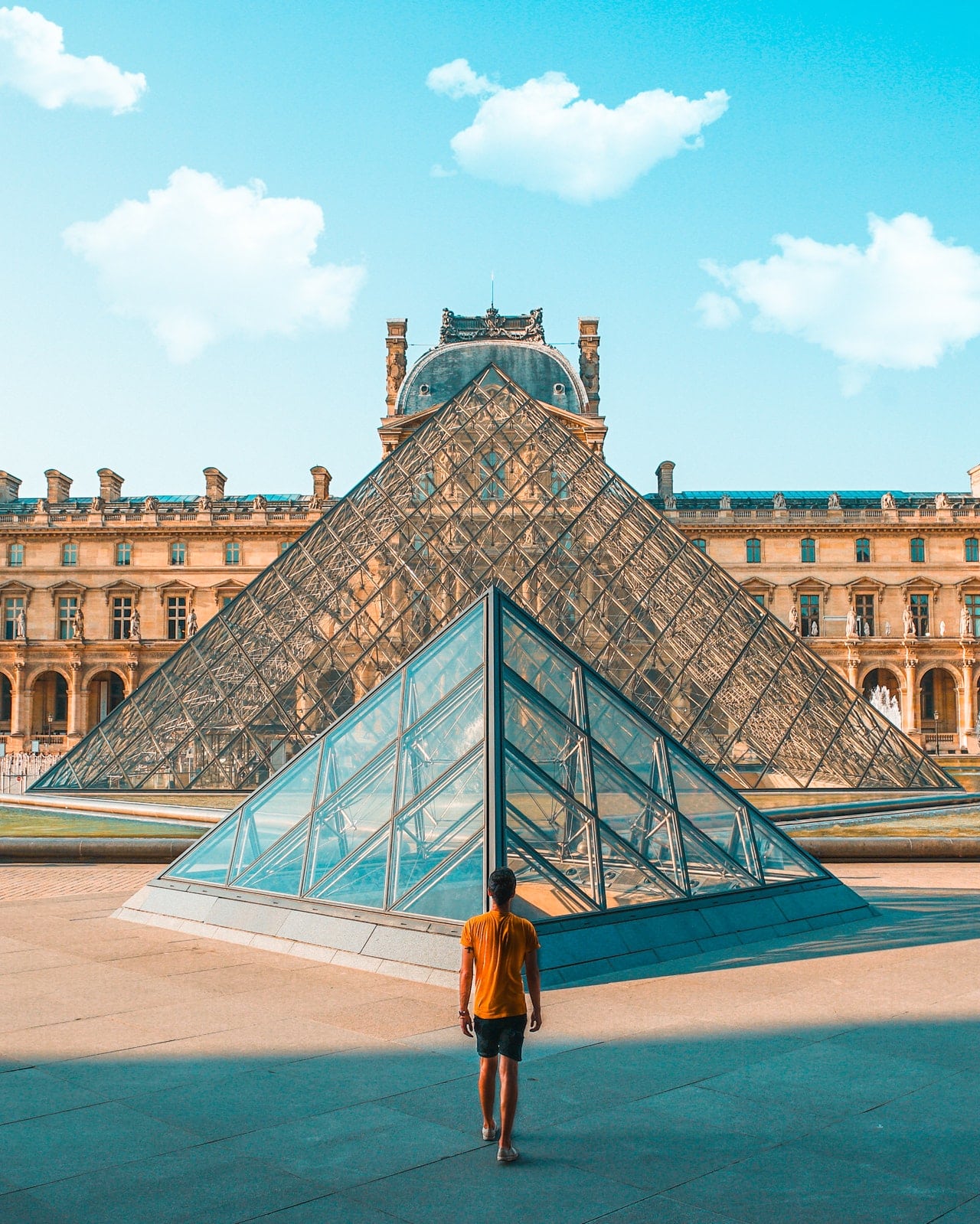
1. Use the Principles of Composition
If you’re a self-taught photographer, you may not have learned about the rules of photo composition that would usually be taught in a beginner-level photography course. Let’s break down some of the main design principles to keep in mind in order to help you develop a unique, eye-catching aesthetic for use in your photographs.
Composition
The composition of a picture refers to the way that the elements in your photo are arranged. Through the use of lines, shape, form, value, space, colors, and texture, you can adjust how you are frame your subject in order to create a composition that makes viewers want to enter the world that your pictures display.
Leading Lines
When you use leading lines in your photo compositions, you are able to direct the viewer’s attention in a certain direction. For example, the use of perspective lines in a landscape photo can draw attention to the horizon line. Leading lines can also help photographers to establish a relationship between the subjects in your composition. When you’re looking for examples of leading lines to use in your photographs, keep your eyes peeled for things like buildings, trees, or the horizon line. You can also use leading lines in product photography to direct the viewer’s eyes to what you are attempting to showcase.
Triangles
Similar to leading lines, triangle shapes can be used in your images to guide the viewer’s gaze between three points of visual interest in your composition. This is a technique for keeping the viewer engaged in looking at your photo by moving their attention continuously between the three main points of interest. You can create a triangular composition by positioning three subjects in relation to one another, or you can use existing features like buildings and perspective lines to draw attention to your subject.
Rule of Thirds
The rule of thirds is something that many photographers rely on when it comes to creating a visually appealing and interesting composition for their photos. The rule of thirds is basically a grid that you can use to plan your photos, where the composition is divided into 3 equal sections both horizontally and vertically. Place your subjects either along the lines of the grid or at the points where the lines intersect in order to create a sense of balance in your photos.
Rule of Odds
The rule of odds is based on the premise that when someone observes an odd number of subjects, they will interpret them as a group, whereas an even number of subjects will be understood by the viewer to be individuals. Apply this principle to your photos by using negative space to bring attention to your subjects. Try placing your focal points along an imagined line or divided between the foreground, middle ground, and background planes of view.
Golden Spiral
The golden spiral is also known as the Fibonacci spiral, as it is based on the mathematical Fibonacci sequence. Like the rule of thirds, the golden spiral is a composition guide that can be used to create images that are more balanced. The spiral resembles the shape of a shell, and the idea is that you should focus on putting areas with more visual detail and interest at the smallest part of the spiral, with areas of less detail in the larger areas of the spiral. If you’re interested in portrait photography, this is a great design principle to keep in mind when attempting to create aesthetic pictures with people. In fact, many famous portrait paintings including Leonardo Da Vinci’s Mona Lisa and Johannes Vermeer’s Girl with a Pearl Earring have been found to make use of the Fibonacci spiral by placing the facial features of their subjects at the smallest part of the spiral.
Symmetry
When it comes to photos, there are a few different ways to interpret the use of symmetry. For example, some people might feel that symmetry photography must have two sides of a photo that are exactly identical, whereas others may feel that it’s more about each side of the photo holding equal weight than being perfectly symmetrical. The goal of using symmetry in your images is to create an aesthetically pleasing balance. While vertical symmetry is probably the most common, other forms of symmetry pictures may include horizontal, radial, or reflective symmetry.
2. Develop Your Personal Aesthetic
Since art is so subjective, there’s no one type of photo aesthetic that will appeal to every single person out there. That’s why it’s so important for you to take the time to think about what you want your unique photography aesthetic to be rather than trying to appeal to someone else. By developing a recognizable, consistent aesthetic across your entire body of photography work, you’ll be letting people know that you’re a professional photographer with an original point of view and the ability to apply that to everything that you do. If you haven’t developed your personal style yet and you’re not sure how to start, don’t worry! We’ve got you covered with some great suggestions that will help you figure out what you like and what kind of photos you want to create.
Be a Critic
The first step to figuring out your personal aesthetic is understanding what you like and don’t like. Start by looking at some of your favorite photos through a critical lens. Notice what works for you in their composition and what doesn’t, what emotions come up for you, and how they use design principles like leading lines to tell a story or evoke a specific response. As you do this, you’ll begin to notice patterns of what you like in photography, and then you’ll be able to apply those features to your own photos. But don’t just do this for photos that you like. You can also look at photos that you don’t find aesthetically pleasing and try to figure out what it is about them that doesn’t work, and what you would do differently.
Look Through Your Past Work
While you may not feel like you have a personal style, it’s possible that you’ve already started to develop one that you’re just not aware of yet. Look through photos that you’ve taken in the past, paying close attention to what techniques and subjects are present in your favorite photos. You may start to notice patterns, like a recurring interest in portraits or a certain color scheme that keeps showing up. Use this information to figure out what type of images and aesthetics you want to pursue in the future.
Experiment
The goal might be to come up with consistent photography aesthetic, but you can’t achieve that unless you give yourself time, space, and freedom to experiment with whatever speaks to you at any given time. The reality is that the only way to find your personal style is to develop it through experience and practice. And don’t forget that you’re allowed to break the rules! Just because a design principle exists doesn’t mean you have to follow it. There are truly no limits to what you can create.
3. Tell a Story
The most powerful photographs are the ones that use aesthetics to convey a concept. If you want to create more compelling photos, start by deciding what story you want to tell with your picture. Then think about what elements and design principles you can use to communicate your message. For example, if you’re a portrait photographer, spend some time thinking about who your subject is and what you want to get across with your image. Every choice you make, from physical location to camera settings to post-production, should serve your concept.
4. Create a Checklist
When you’re new to photography, keeping all of these tips in mind can be overwhelming. Instead, use what you’ve learned about your personal aesthetic to create a shortlist of features that absolutely must be included in your photo. For example, if your aesthetic is a combination of portraiture, saturated colors, and leading lines, put each of those on your photo checklist. Then when it comes time to do a photoshoot, you have a little cheat sheet of all the most important factors that come together to create an aesthetic that is uniquely yours.
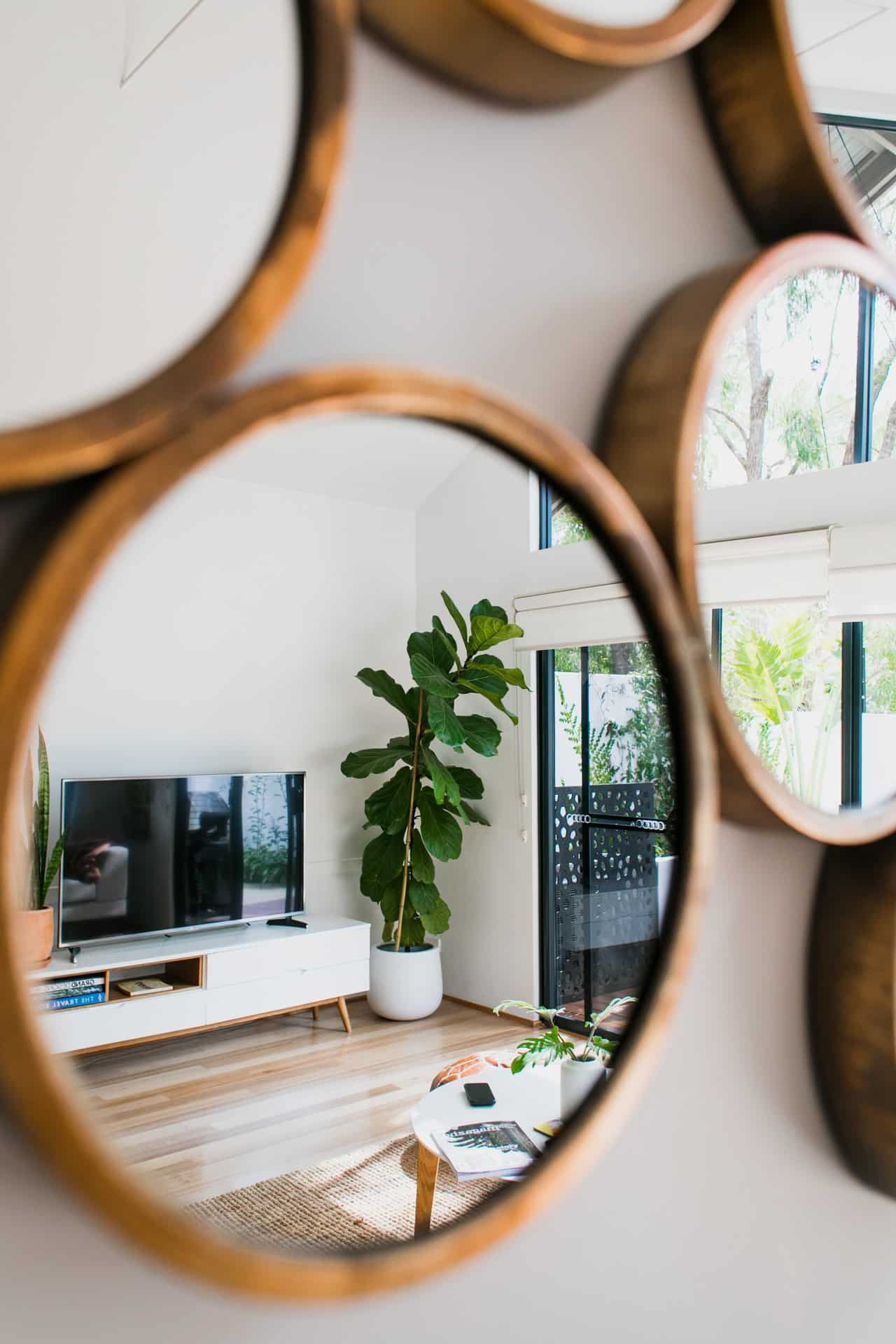
5. Set the Mood
Aesthetic photography is not about capturing an accurate depiction of your subject matter. Instead, it’s all about creating an image that captures your viewer’s attention and holds it. Your aesthetics might make use of graininess, specific lighting, or color filters applied in post-production. Don’t let yourself be limited by the reality of your setting. Instead, emphasize the mood you want to create by whatever means necessary.
6. Learn To Use Photo Editing Software
No matter what kind of photographer you are, you need to know how to use photo editing software for your images. Play around with the settings to discover how post-production can alter the mood of your photos. Once you’ve gotten a hang of things and you’ve developed your own aesthetic, you can even create your own Photoshop or Lightroom presets so that you can edit a whole batch of photos to fit your aesthetic in a fraction of the time.
Now that you know all about how to take aesthetic photos for your photography portfolio and social media account, it’s time to get to work! And don’t forget to keep uploading your amazing photos to your online portfolio as you go.
Want to learn more about taking amazing photos for your online portfolio website?
11 Different Types of Photography to Help You Become a Better Photographer
